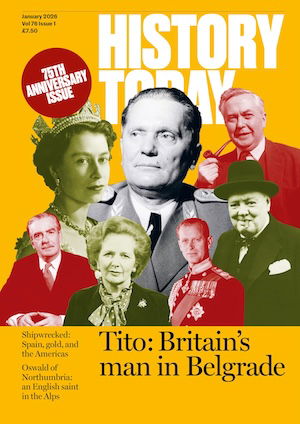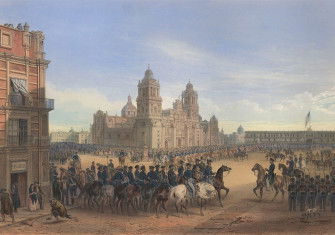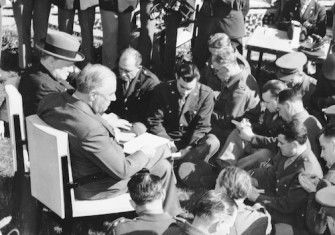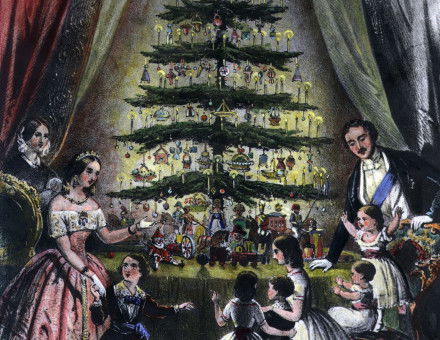The Zimmerman Telegram
A secret communication between Germany and Mexico was exposed on 3 March 1917.
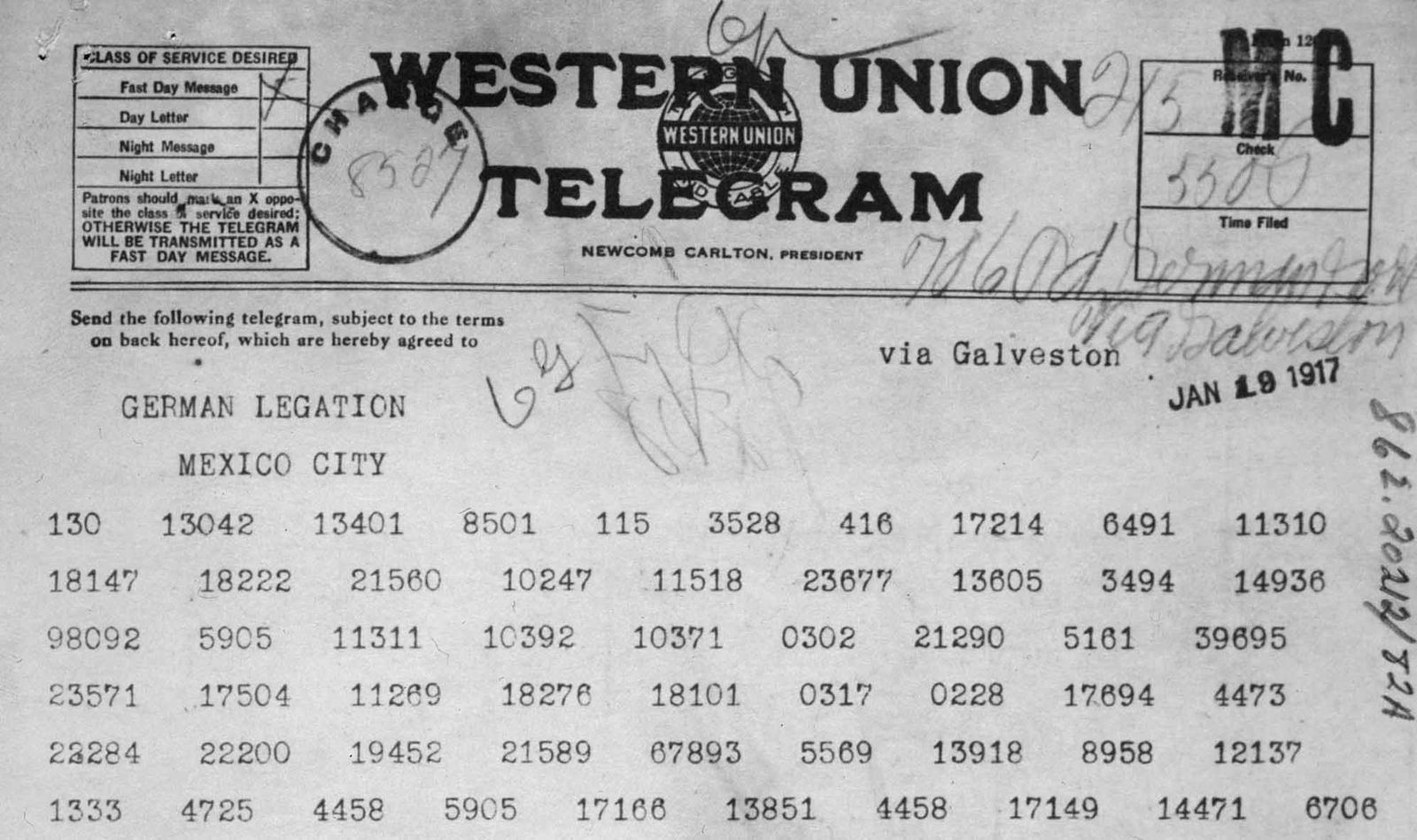
Arthur Zimmermann, State Secretary for Foreign Affairs of the German Empire, was tasked with keeping the US out of the First World War. His plan was as ingenious as it was unlikely. He decided to offer Mexico financial and military support should it agree to attack the US and attempt to regain the territories lost in the Mexican-American War of 1846-48. This would keep the US occupied – and out of Europe.
On 19 January, Zimmermann sent a coded telegram to the Mexican president, via the German ambassadors in the US and Mexico, outlining the plan. This was his first mistake. What neither Zimmermann, nor indeed the Americans, knew was that the British were tapping the line.

